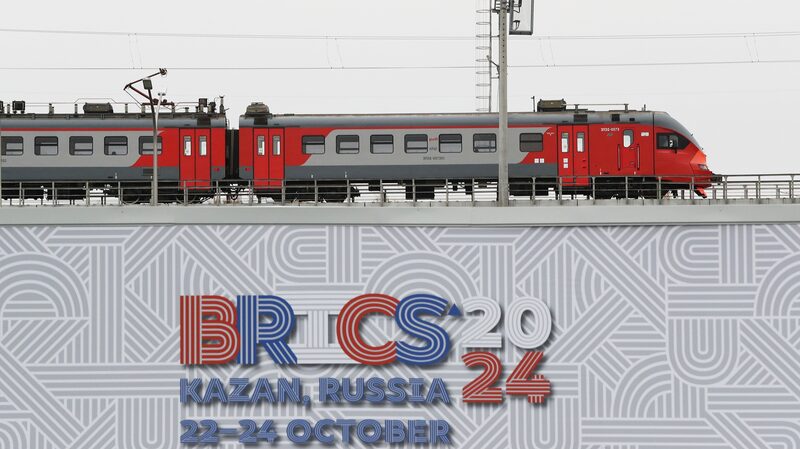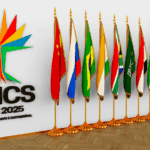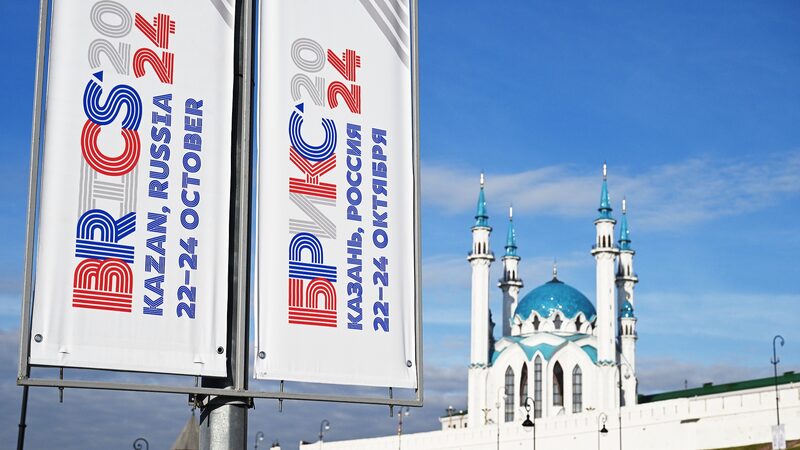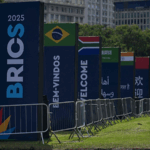The BRICS alliance is stepping into 2024 with a bold new vision—expanding its membership and amplifying the Global South’s voice in shaping a fairer world order. With geopolitical tensions and economic uncertainty dominating headlines, the bloc’s evolution from five founding nations to a \"Greater BRICS\" coalition is redefining global collaboration. 🌐💡
Why BRICS Matters in 2024
Think of BRICS as the ultimate squad for economic and political balance. Originally formed in 2006 by Brazil, Russia, India, China, and South Africa, the group is now welcoming new members (though specifics aren’t yet public). This expansion aims to counterbalance traditional Western-dominated institutions like the IMF and World Bank. 💼🌍
The 'Greater BRICS' Vision
According to experts like Prof. Zhu Jiejin (Fudan University), the expanded alliance focuses on \"pragmatic cooperation\" in tech, energy, and finance. \"It’s about creating win-win partnerships, not zero-sum games,\" says Karin Vazquez of O.P. Jindal Global University. With countries from Tehran to Nairobi contributing perspectives, BRICS 2.0 could drive inclusive solutions to climate change, AI governance, and trade inequities. 🔋🤝
A Platform for the Global South
For Prof. Seyed Mohammad Marandi (University of Tehran), BRICS represents a \"counter-narrative to unilateralism.\" Etsehiwot Kebret, a development consultant, adds that the bloc’s diversity is its superpower: \"Different cultures, same goals—equity and mutual growth.\" Meanwhile, John Pang (Belt and Road Initiative Caucus) highlights how BRICS could reshape cross-continental infrastructure projects. 🚀🌏
As geopolitical tides shift, BRICS is betting on unity in diversity. Whether it’s tackling energy transitions or bridging digital divides, 2024 might just be the year the Global South’s megaphone gets a little louder. 🎤🌟
Reference(s):
cgtn.com






